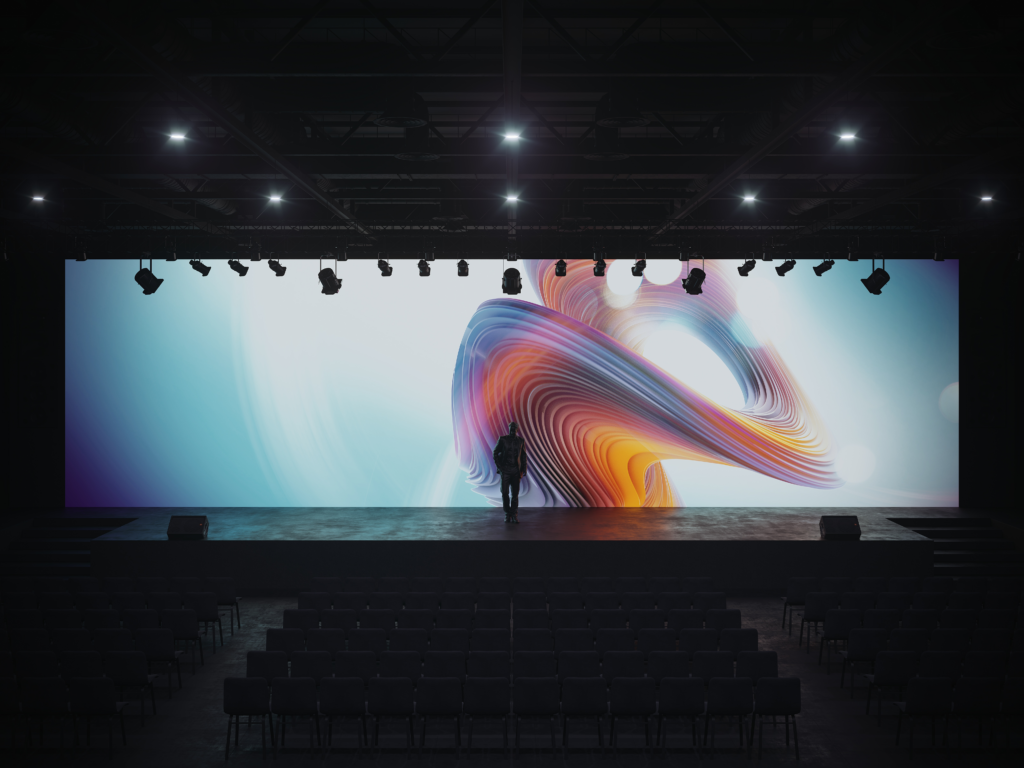Cutting-edge Methods to Boosting Mobile Linkage Solutions for Luminescent Wall Screens.
Wiki Article
Wireless communication solutions for LED wall screens have transformed the way we utilize visual interfaces in various settings, such as live events, corporate gatherings, and advertising. These units, known for their high-impact colors and high resolution, rely heavily on strong wireless networks to function effectively. As technology continues to advance, cutting-edge strategies are being engineered to enhance these wireless solutions. This discussion will explore some of the latest strategies aimed at improving wireless integration for Luminescent Diode wall panels.

One notable method to improving wireless connectivity is the use of next-generation antenna systems. Antennas play a critical role in transmitting and receiving signals between components. By employing adaptive antenna arrays, which can adapt their direction and beamforming pattern based on the surroundings, manufacturers can significantly enhance signal integrity and reliability. This dynamic tuning helps reduce disruption from other electronic systems and obstacles, leading to clearer video output and more stable connections for LED wall displays.
Another innovative strategy entails utilizing mesh networking systems. Unlike conventional wireless configurations that rely on a single access point, mesh systems consist of multiple connection points that work together to extend the internet signal over a larger Go Here area. This structure guarantees that LED wall screens receive a steady signal regardless of their location. In venues like stadiums or large exhibition halls, where physical barriers may interfere with signals, mesh technologies provide a more reliable solution by ensuring signal integrity even in high-traffic environments.
In addition, incorporating edge processing into wireless connectivity can enhance performance for LED wall panels. Edge computing enables data processing to occur closer to the source of data generation rather than relying solely on centralized cloud infrastructure. By analyzing data at the edge of the Luminescent Diode wall units, the architecture minimizes latency, resulting in quicker response times and smoother video playback. This development is especially beneficial for applications that require real-time responses or interactive functions, making presentations more engaging recessed ceiling led panels for audiences.
Finally, adopting new communication protocols can also improve wireless network performance for LED wall screens. Protocols such as Wi-Fi 6 and 5G offer enhanced bandwidth and faster data transfer rates compared to previous standards. These technologies allow multiple units to connect simultaneously without compromising performance. As LED wall panels are often paired with other smart devices, implementing these modern protocols ensures that all systems can communicate seamlessly, leading to an overall better user experience.
In conclusion, the enhancement of wireless communication technologies for LED wall panels is crucial as technology continues to evolve. Through innovations such as smart antennas, mesh networking architectures, edge computing integration, and new communication protocols, producers can deliver better performance and reliability. These approaches not only improve the capabilities of LED wall units but also elevate the visual experiences they offer across various applications. As these technologies continue to progress, audiences can anticipate even more cutting-edge displays in the coming years.